Today we’re going to discuss one of the greatest literary figures in literature history whose writing transcended time, entwined nightmares into daunting reality and exposed the deepest anxieties of the human soul. A man who reshaped literature with his philosophical and disorienting narratives of alienation, absurdity, and existential dread —themes so profound that mankind could never ignore their significance…
The Prophet of Angst Literature, the Master of Paranoia, and the Forefather of Existential Fiction—the Founder of the Kafkaesque., The Franz Kafka
From Kafka to Kafkaesque
Franz Kafka is known as one of the most prominent and eminent literary figures in history. He is renowned for his uniquely dark, disorienting, and surreal writing style and themes—a style and theme so specific to him that anything resembling it has come to be known as “Kafkaesque.”
Who was Franz Kafka?
Kafka was born into an educated, upwardly mobile Jewish bourgeois family to a man named Hermann and a woman named Julie in 1883, Prague. Kafka started writing at a young age. He wrote plays and short stories as a child. Though most of his early works are lost. He was an avid reader and drew inspiration from German literature, philosophy, and Jewish mysticism. Although Franz’s family was not high-class, as some assume, his father, Hermann Kafka, came from a poor Jewish background. But worked his way up to become a successful businessman. He owned a thriving retail business selling fancy goods, providing his growing family with financial stability and a comfortable lifestyle. He later married a notable and well-educated woman—today known as Franz Kafka’s mother. So, by the time Kafka was born, the family was financially secure and recognized within upper-middle society.

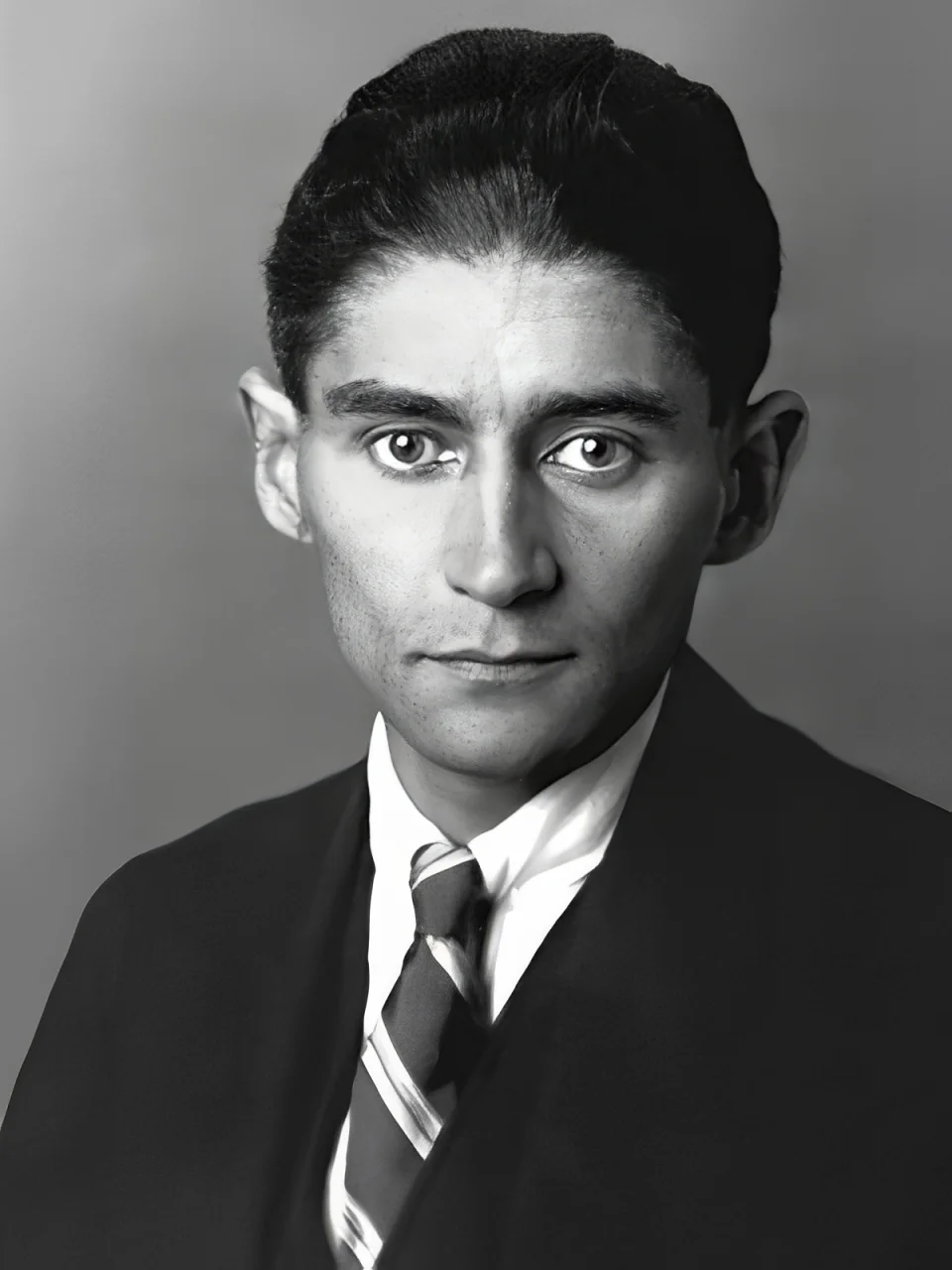

What is Kafkaesque?
The word Kafkaesque refers to the bureaucratic nature of the capitalistic, judiciary, and government systems. The sort of complex, unclear processes, in which no one ever really has a comprehensive understanding of what is going on and the system doesn’t really care. But the quality of Kafkaesque also seems to extend much further than this. It is not necessarily exemplified merely by what these systems are, but rather, by the reaction of the individuals (characters) subjected to them and what it might represent.
Kafkaesque describes something that is nightmarishly complex, bizarre, and illogical—reminiscent of the themes in Franz Kafka’s writing, which often evoke the question “why” and “how,” reflecting his self-doubt and the endless cycles he was trapped in.
In short, Kafkaesque means being trapped in an absurd, oppressive system with no clear rules and no way out.

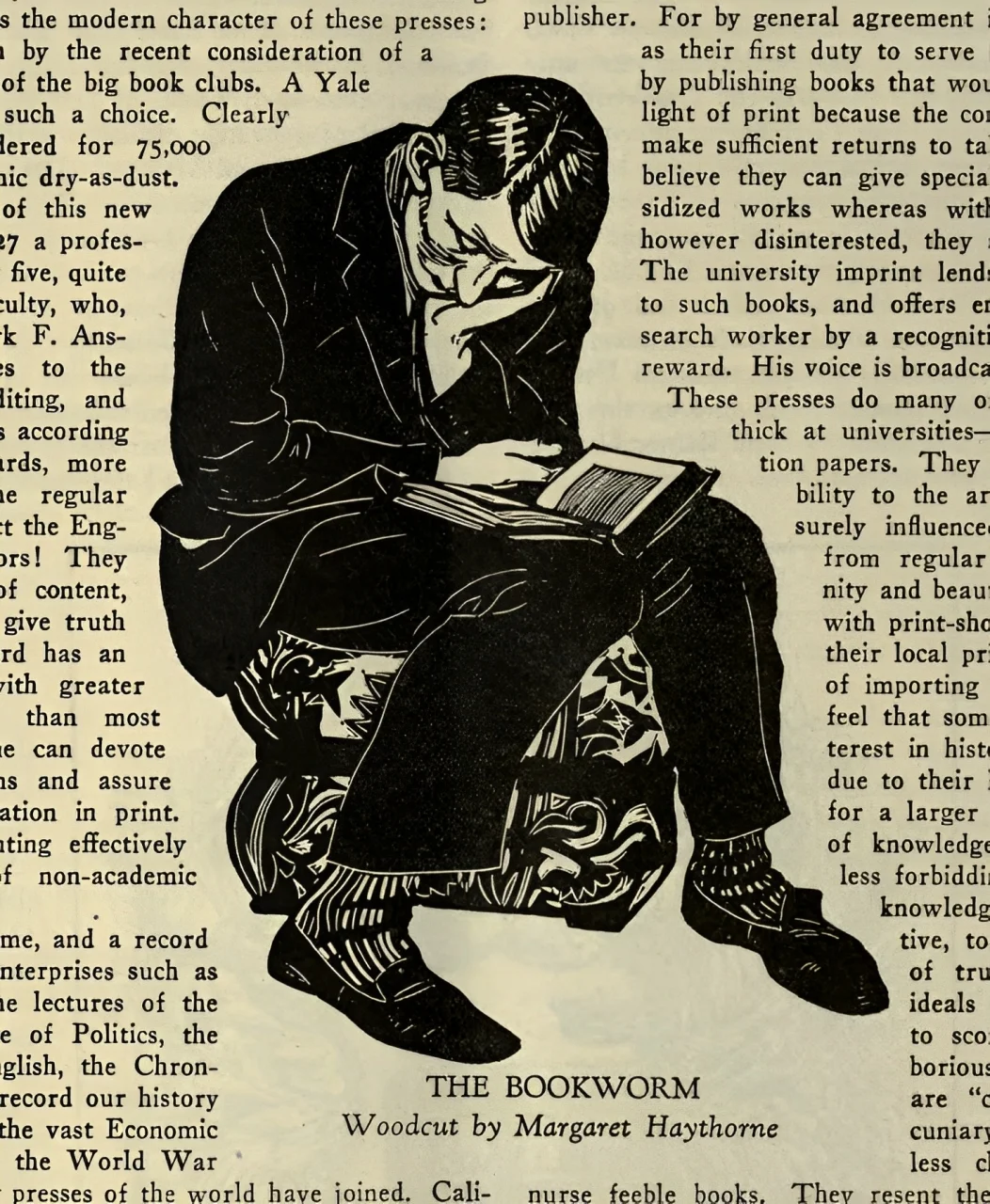
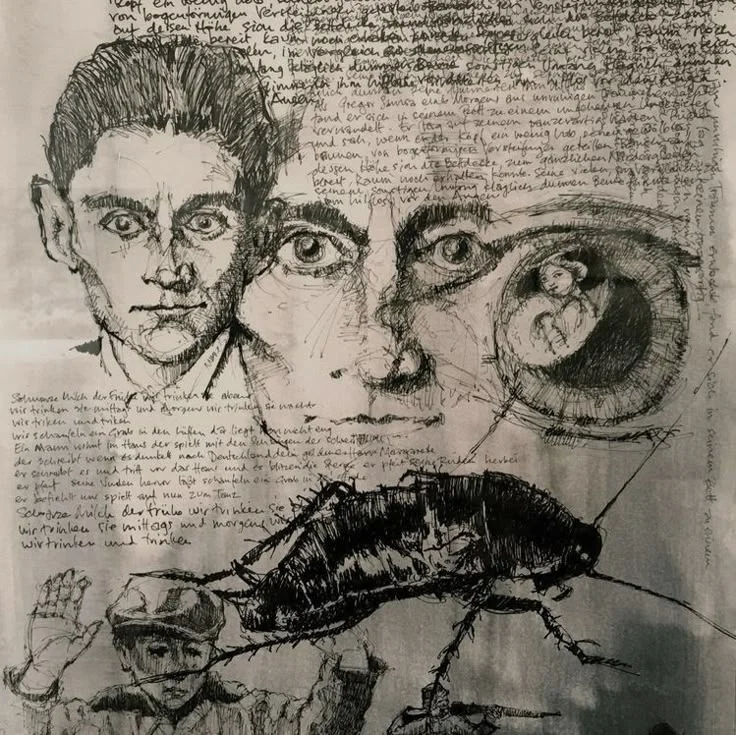
But wait—how did a little young boy end up trapped in one of the most bizarre and surreal writing themes in literary history? Wasn’t he the son of a wealthy, self-made businessman?
Yeah, Well! We will be going to discuss that below!
The Birth of Kafkaesque Concept
The Early Life of Franz Kafka – The Journey of Self-Hatred
Yes, Franz Kafka was born into privilege. His father was a successful merchant. But having climbed the social ladder through sheer determination and assertiveness, Mr. Hermann developed an utterly aggressive and harsh personality. And as other parents tend to do, he had high expectations for his son, hoping Franz would inherit his strength and ambition. Another reason behind Hermann’s determination to have a “perfect and sufficient” child was that Franz remained his only son—his two younger brothers died in infancy, leaving Franz as the sole heir. But unfortunately, Franz was quite the opposite.
A small, anxious, and sickly boy who remained that way for most of his life, Kafka was never the son his father had hoped for. These traits, beyond his control, made him a major disappointment in Hermann’s eyes and left him struggling with self-doubt for eternity. As a result, through no fault of his own, Franz became a psychological punching bag—his father’s futile attempt to shape him into the idealized version of himself, someone he wished he had been but never was. Throughout his adolescence, consequently developed an urge to write as a means of dealing with his increasing sense of anxiety, guilt, and self-hatred.

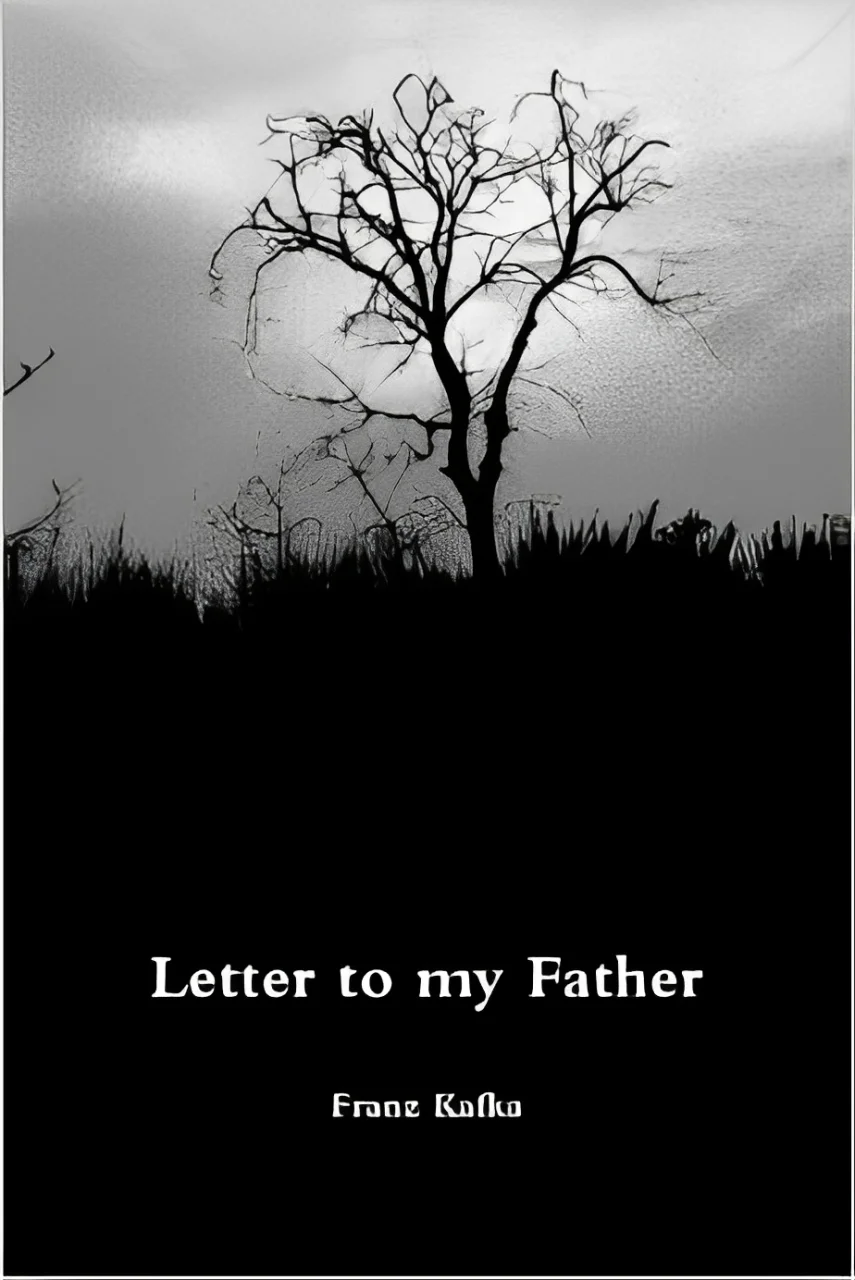
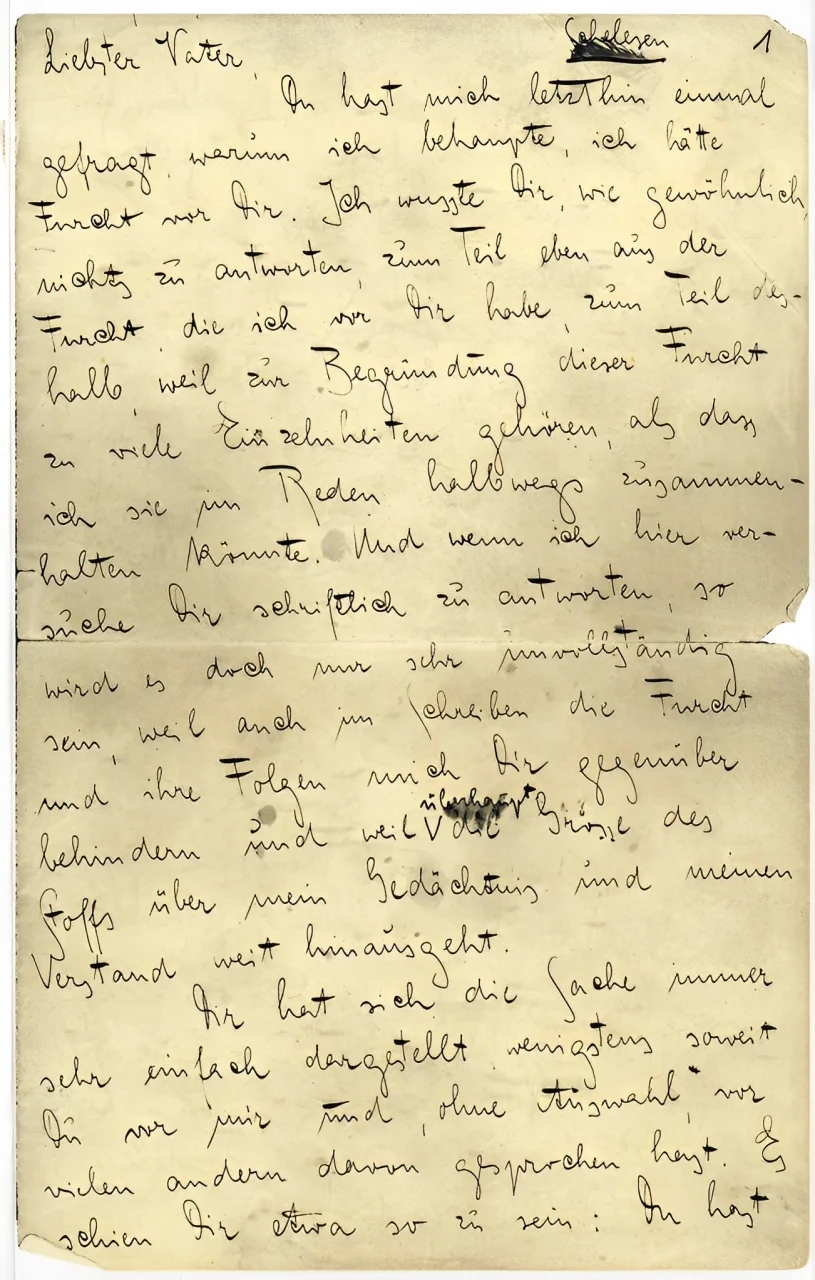
The Journey of Endless Cycle
Of course, Kafka’s father forbade him from pursuing writing and ultimately dictated the course of his life, forcing him to pursue law as a profession instead. While attending college, Kafka continued writing and met one of his only true friends, Mr. Max Brod, a fellow writer who later persuaded him to publish his first three novel collections. Unfortunately, those works sold poorly and remained largely unnoticed.
After graduating, Kafka worked briefly at a law office before securing a position at an insurance company. Here, Franz would become subject to grueling long hours shifts, unpaid overtime with massive amounts of paperwork, and complex bureaucratic systems. Unsurprisingly, he found the work unbearable, an absurd endless cycle.
Despite all of this, Kafka managed to write in his free time, producing some of his most significant and notable pieces, including The Trial, The Castle, and Amerika. However, he refrained from publishing these pieces, and even leaving them unfinished, convinced they were unworthy.
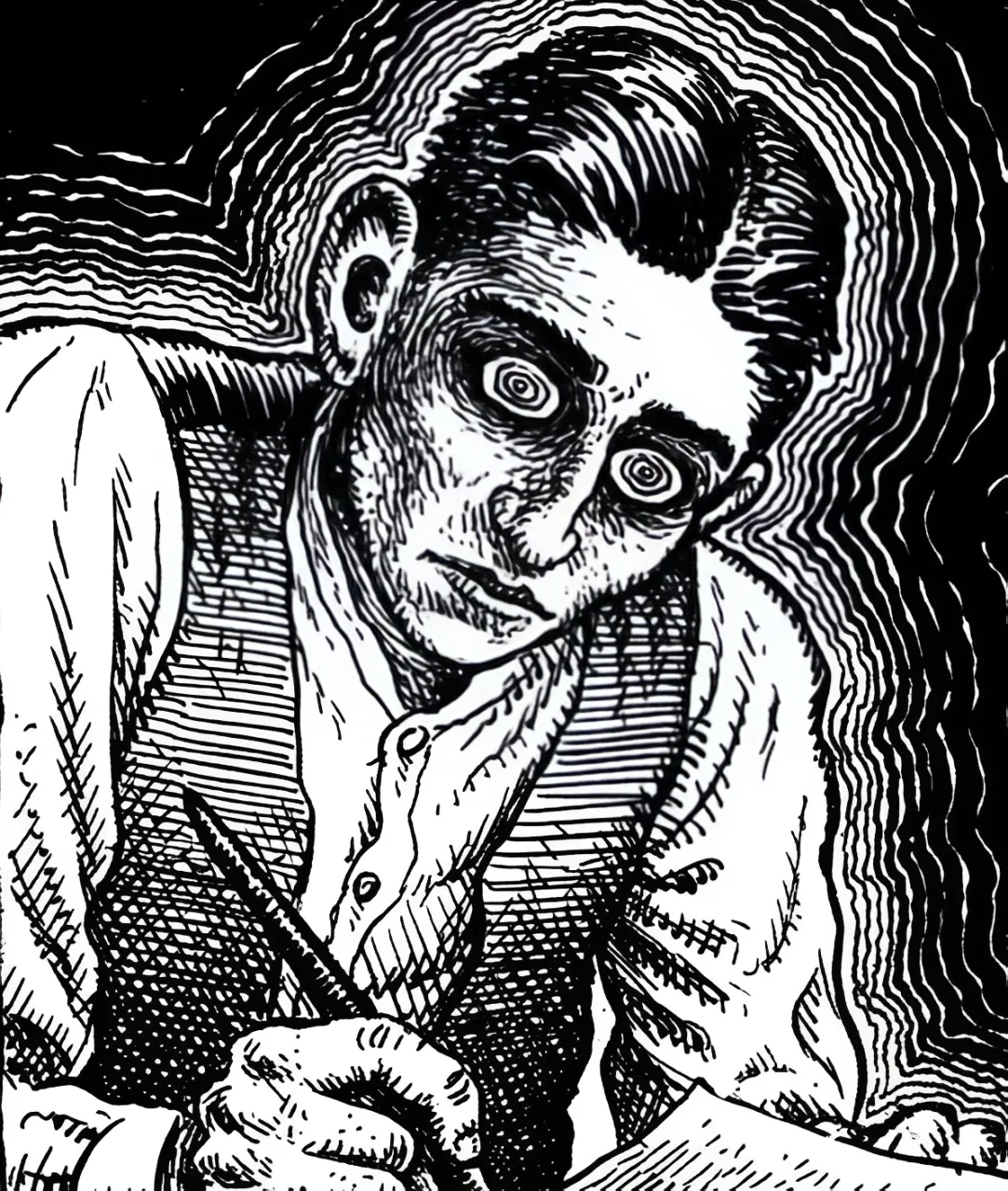
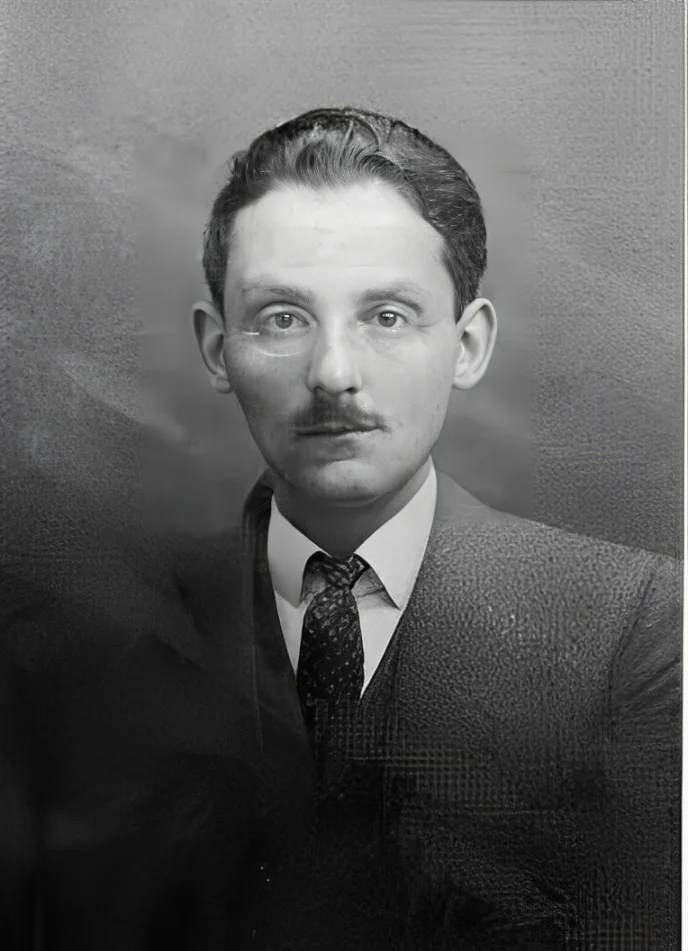
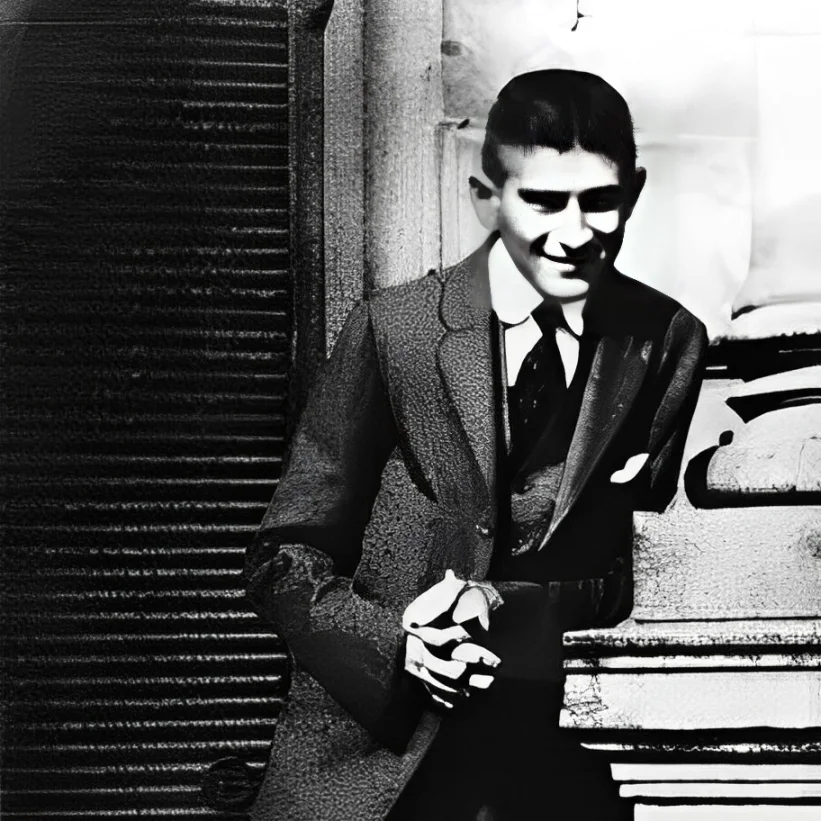
What Happened to His Work After His Death?
For most of his short life, Kafka remained employed at an insurance company, writing whenever he could to fill the gap in him. In 1924, he succumbed to tuberculosis at the age of 41, never achieving recognition or success for his writing, never went on to publish any more of his literature, nor did he ever personally receive any success or recognition for the small amount he did.
He died believing his work had no value not even a little. On his deathbed, he even instructed Max Brod to destroy and burn all his unpublished manuscripts, as he had done with his other manuscripts and writings. Fortunately, Brod disregarded his request and broke his promise after his death, ensuring Kafka’s legacy lived on. That’s why here we are about 100 years later, talking about Franz Kafka.
After Kafka died, Brod spent the following year or so working to organize and publish Franz’s notes and manuscripts. In the decade that followed, Kafka emerged as one of the most influential literary and philosophical figures of the 20th century. In other words, one of the greatest writers and thinkers of the century spent his life with his work hidden away in a drawer—indifferent to the fact that he possessed some of the most significant literary works of his time. Sadly, in his father’s eyes, he remained an inadequate disappointment. Yet, in the eyes of history, he stands as an immensely influential figure.
Fortunately for everyone except Kafka himself, his work was preserved (thanks to Max Brod), giving rise to an entirely new genre of thought and literature—Kafkaesque.
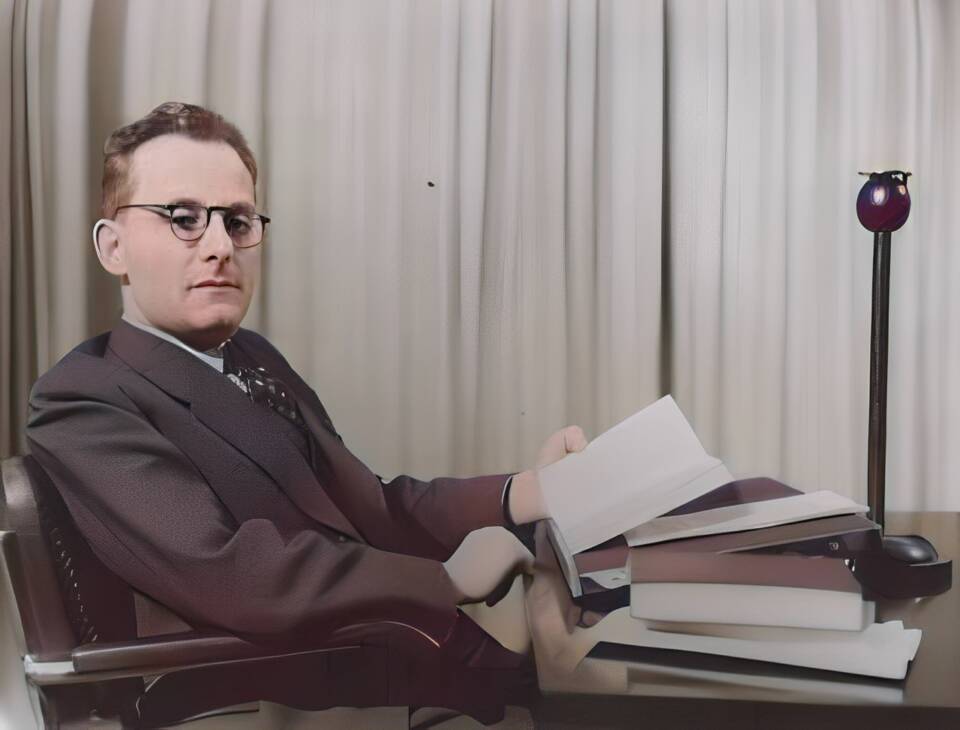
What Is Kafkaesque Philosophy? What Franz Kafka Really Wanted to Portray?
Oppressive, Absurd Bureaucratic Chain
Someone must have been spreading falsehoods about Josef K. He was certain he had done nothing wrong, yet one morning, he was unexpectedly arrested by the police. So begins The Trial, one of Franz Kafka’s most famous novels. K., the protagonist, is detained without any explanation and thrust into a bewildering legal process where neither the reason for his arrest nor the workings of the judicial system are ever made clear to him.
This kind of surreal and oppressive experience is so emblematic of Kafka’s writing that it inspired a new philosophical term: Kafkaesque. The word has since become part of everyday language, used to describe overly complex, frustrating, and illogical situations—particularly when dealing with bureaucratic red tape.
But does standing in a long line to complete baffling paperwork truly capture the depth of Kafka’s vision? Beyond its casual use, what truly defines something as Kafkaesque Philosophy? Is it just about the corrupt problematic system?
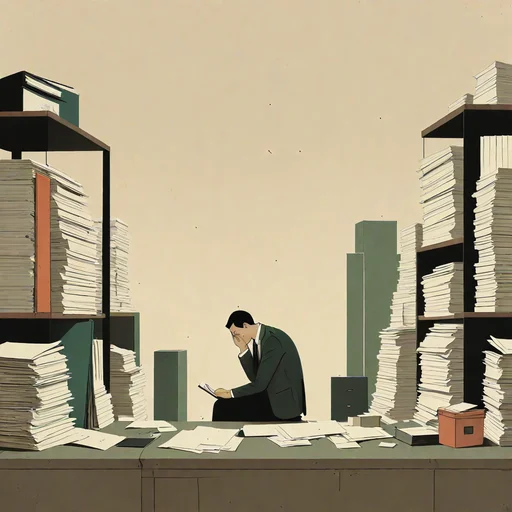
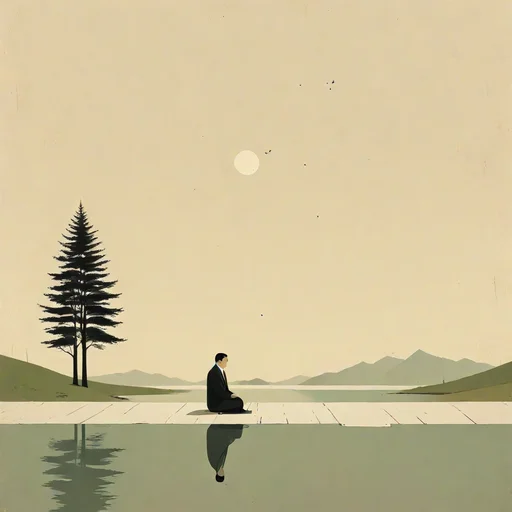

Circular, Self-Defeating Logic of Characters
Indeed, Franz Kafka’s novels and stories certainly explore the absurdities and disorientations of modern bureaucracy, shaped in part by his own experience as an insurance clerk in early 20th-century Prague. Many of his protagonists—office workers just like himself—find themselves entangled in a maze of illogical obstacles, struggling toward so-called goals they have to achieve but never wanted to achieve. Yet the journey is often so irrational and endless that achieving success, if even possible, feels meaningless in the end. But it’s not the only highlight of Kafkaesque philosophy.
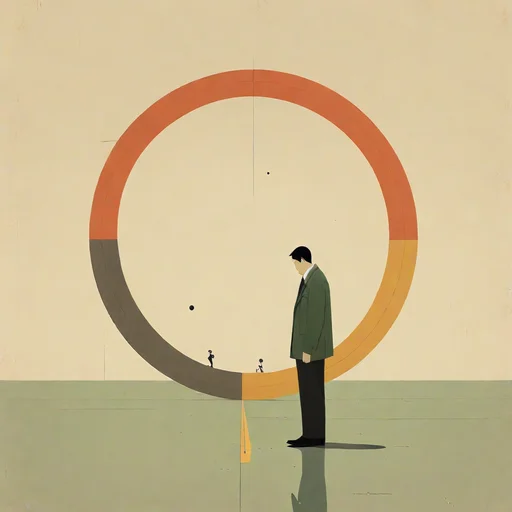
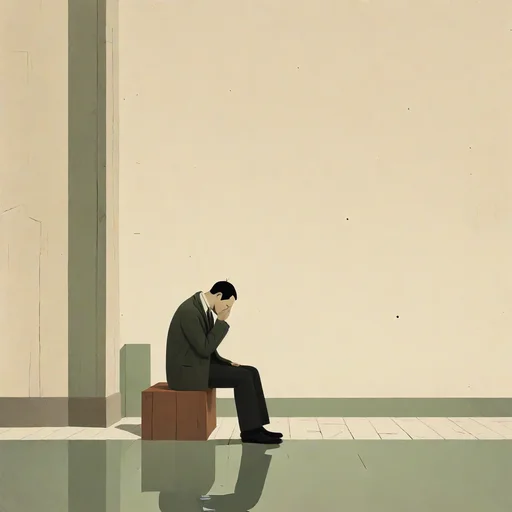
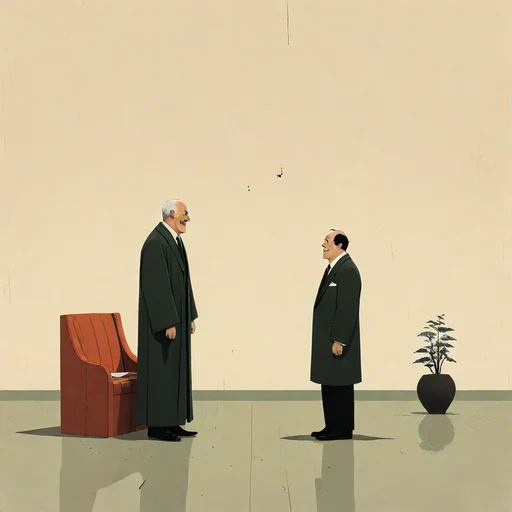
Kafkaesque Examples from Franz Kafka’s Novels and Short Stories
Poseidon – A Short Story
In the short story Poseidon, the ancient Greek god is reimagined as an overburdened executive, so consumed by paperwork that he has never had the chance to explore his own underwater kingdom. The irony lies in the fact that even a deity is powerless against the relentless demands of bureaucratic labour. Despite his predicament, Poseidon refuses to delegate his workload, convinced that no one else is capable of handling it properly.
But it’s not like he is just trapped by the corrupted system, but by his own rigid mindset too. Kafka’s Poseidon is a prisoner of his own ego. This simple story contains all of the elements that make for a truly Kafkaesque scenario.

It’s not just the absurdity of bureaucracy that defines Kafkaesque philosophy, but the irony of Franz Kafka’s characters’ circular reasoning in response to it. This is a hallmark of his writing! What is Kafkaesque? Why Franz Kafka is so famous for the term Kafkaesque? This blog covers all about the Kafkaesque philosophy and theory. What is Kafkaesque? Why Franz Kafka is so famous for the term Kafkaesque? This blog covers all about the Kafkaesque philosophy and theory. Protagonists are trapped not only by oppressive systems but also by their own flawed logic. His tragicomic stories serve as a kind of modern mythology for the industrial age, using dreamlike logic to examine the relationship between arbitrary power structures and the individuals ensnared within them.
The Metamorphosis – Most Iconic Novella
One morning, when Gregor Samsa wakes up to find himself transformed into a giant insect, his first concern isn’t his shocking new form—it’s whether he can make it to work on time. Even at that moment, his thoughts remain fixated on his responsibilities rather than the surreal nightmare he’s trapped in. He was so trapped in the endless cycle that the only thing that mattered to him was to finish his daily tasks. Kafka’s inspiration wasn’t limited to the authoritarian structures of the workplace. Some of his protagonists’ struggles stem from within.
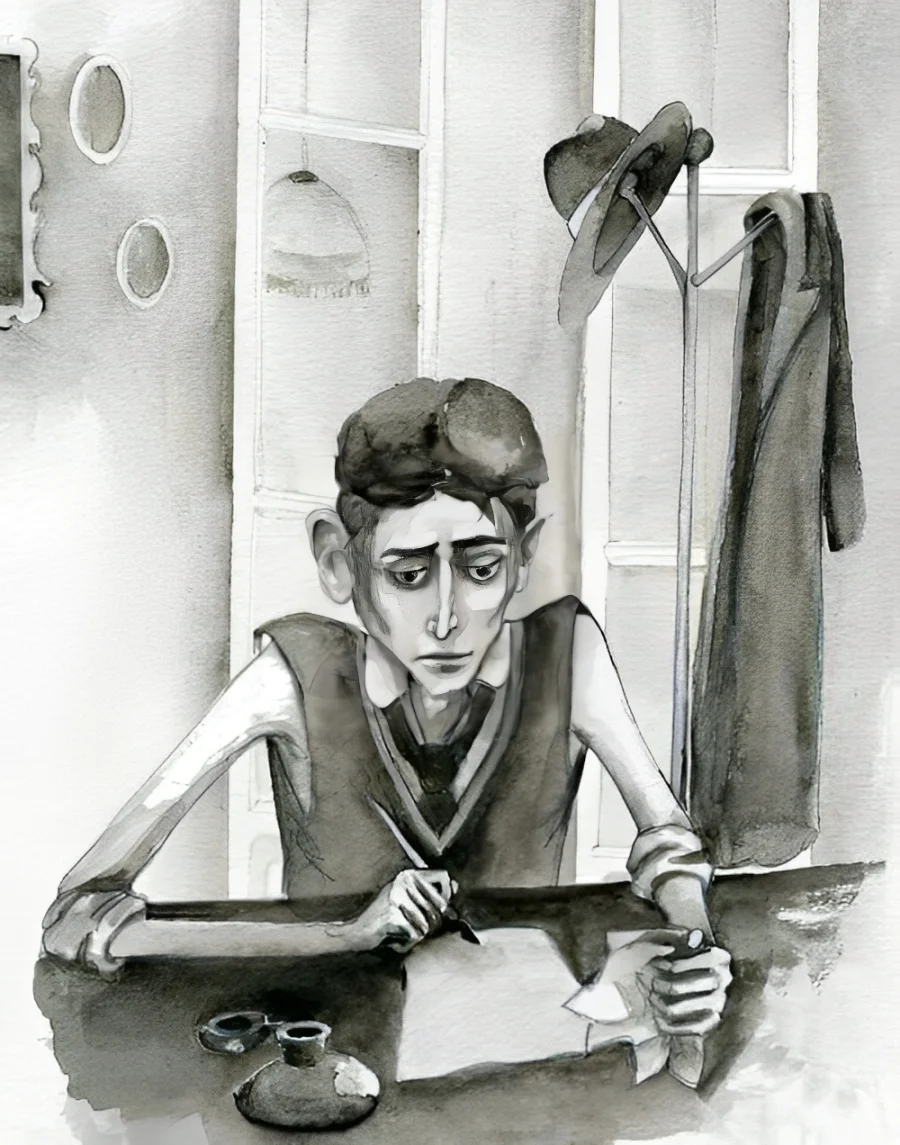
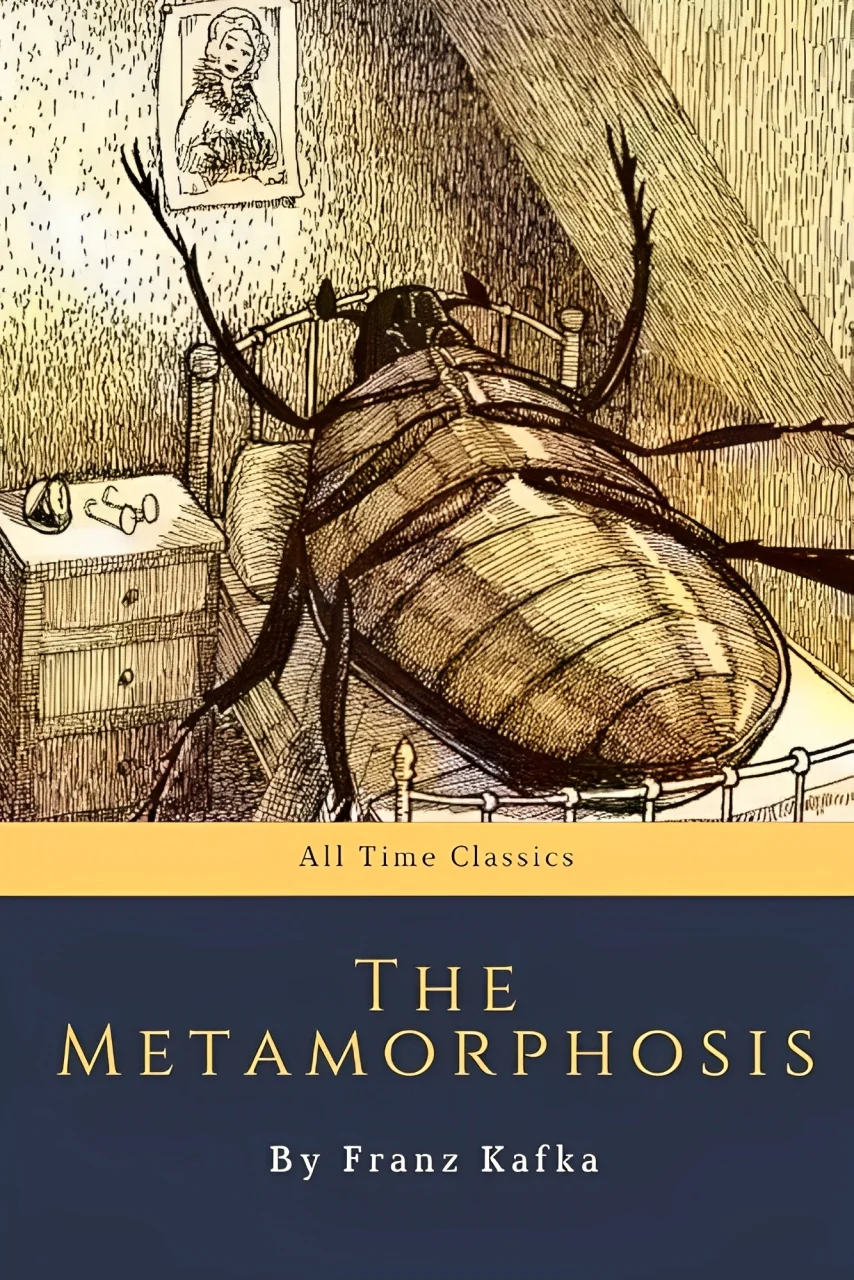
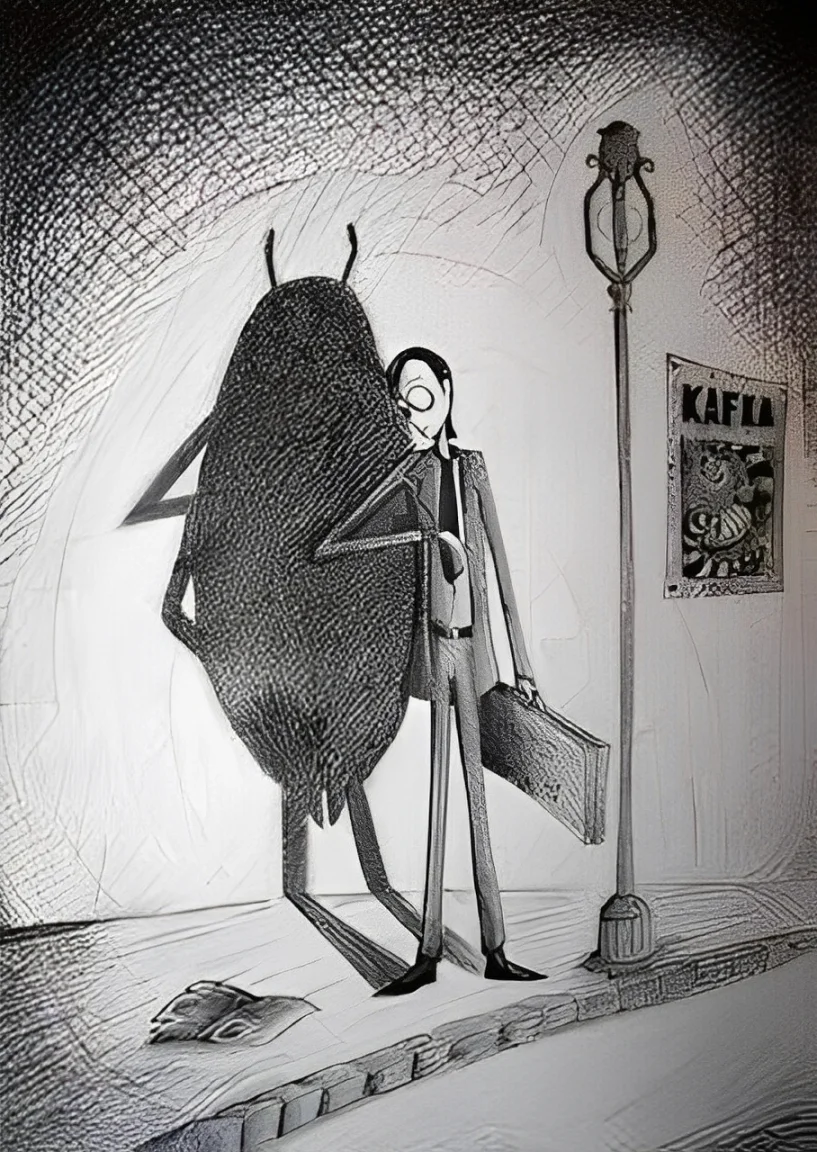
The Trial – The Most Famous Novel
Even in The Trial, where K. got arrested for no crime which directly confronts the absurdity of bureaucracy! Kafka suggests something even more sinister: the unstoppable momentum of a legal system that exists not to serve justice. But merely to sustain itself. Its vague laws and impenetrable procedures render even powerful officials powerless against it. This is what political theorist Hannah Arendt, writing years after Kafka’s death, would describe as “tyranny without a tyrant.”
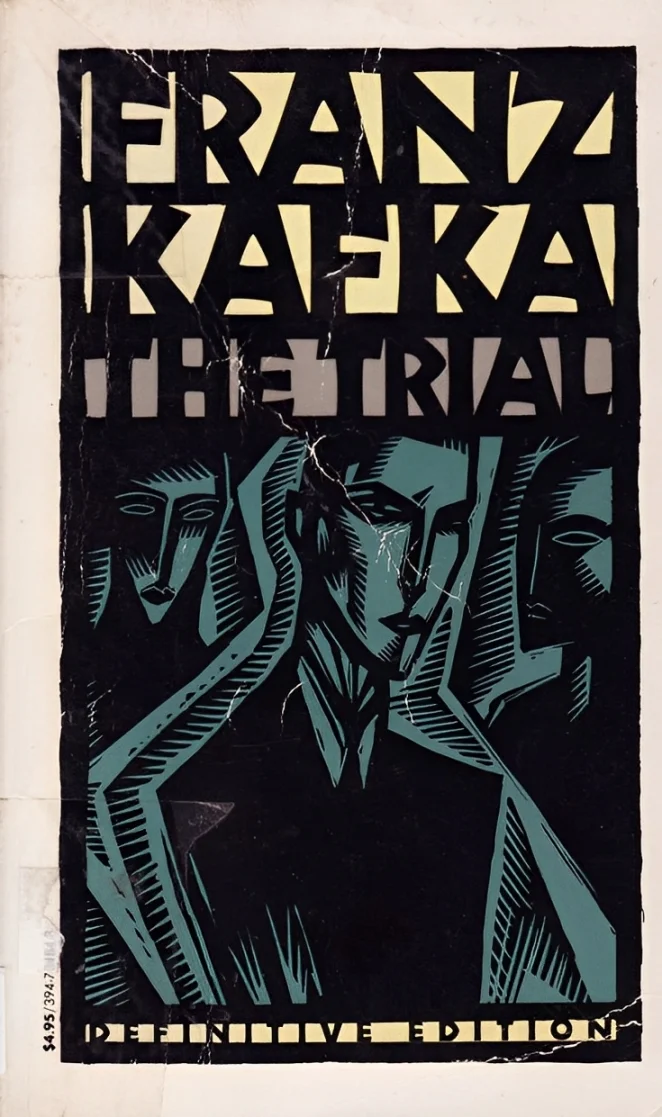
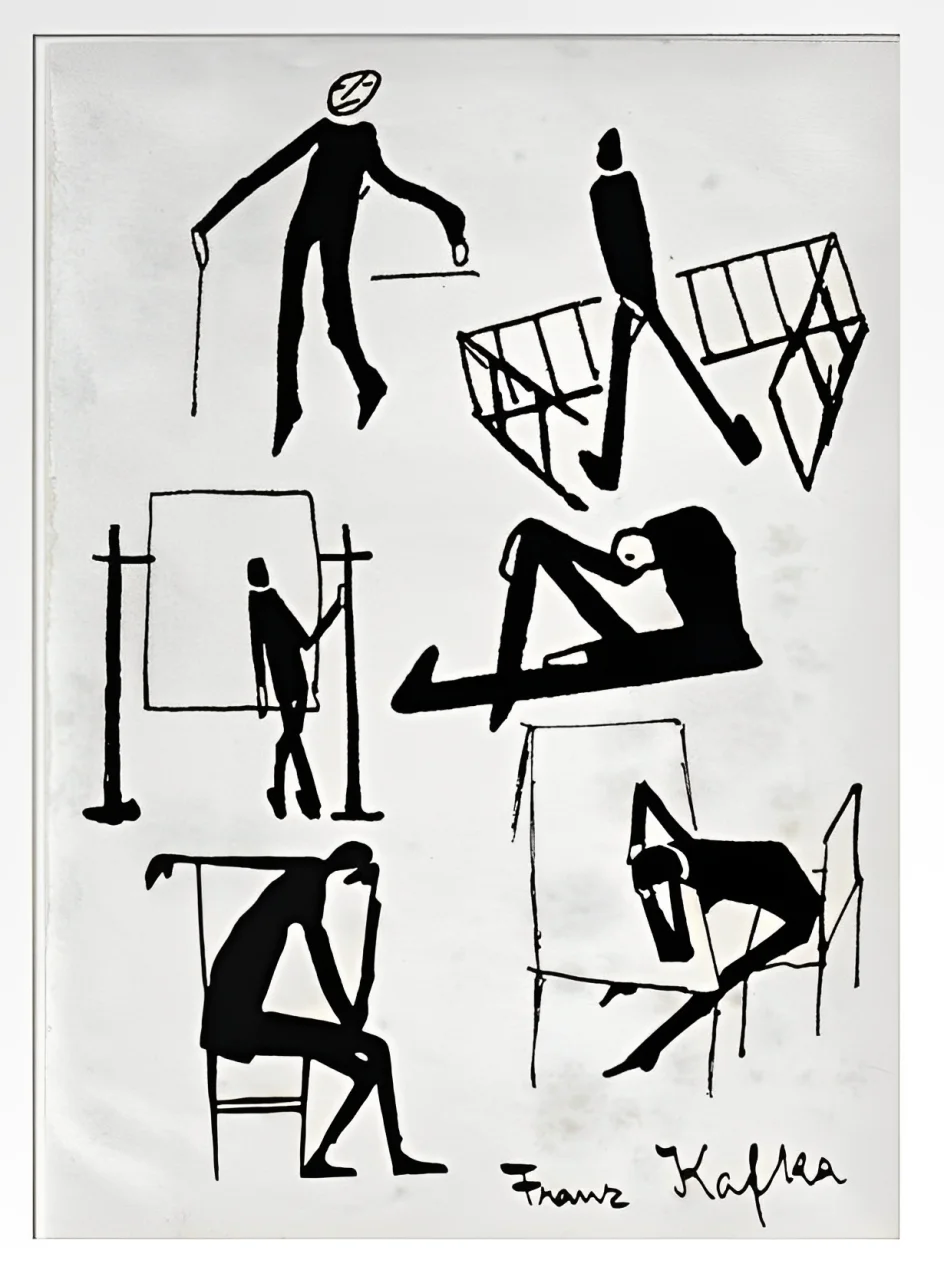

What’s so Special About Kafkaesque?
Now the question has no one ever covered these topics which Kafka had covered? The themes of bureaucratic absurdity, existential dread, and powerlessness—aren’t unique to him. But he portrayed them in such a distinct and unsettling way that they became associated with his name.
Before Kafka, writers like Fyodor Dostoevsky and Nikolai Gogol also depicted characters trapped in bizarre, oppressive systems. Then what is so special about Kafkaesque?
The Absence of a Clear Explanation –
- In Dostoevsky’s works, there’s usually a psychological or moral struggle (e.g., guilt in Crime and Punishment).
- In Gogol’s stories, bureaucracy is absurd but still follows a kind of satirical logic.
- In Kafka’s The Trial or The Castle, the protagonist is trapped in a system where NO reason is ever given. The rules exist, but their purpose is unknowable, and there is no higher moral lesson.
The Inescapable System –
- Kafka’s characters are not just oppressed. They are completely powerless, and their resistance leads nowhere.
- In The Trial, Josef K. tries to find out why he is being prosecuted. But is met with meaningless bureaucracy. He never even gets close to an answer.
A Dreamlike, Uncanny Feeling –
- Kafka’s worlds feel real yet surreal—as if they follow a hidden logic that makes no sense to the characters or readers.
- This creates a unique atmosphere where the protagonist (and the reader) constantly feels lost, confused, and trapped in something beyond their comprehension.
The Lesson from Franz Kafka’s Stories
Yet, despite the bleakness of Kafka’s stories, his work is laced with dark humour. Often rooted in the absurd logic of the situations he describes. On one hand, it’s easy to recognize the Kafkaesque in today’s world—we depend on increasingly complex bureaucratic systems that dictate every aspect of our lives, and we find ourselves judged by unseen figures according to rules we don’t understand. On the other hand, Kafka’s sharp focus on the absurd forces us to confront our own failings.
In doing so, he reminds us that the world we inhabit is not just an unchangeable machine. It is one we have built ourselves. And if we created it, we also have the power to change it.
